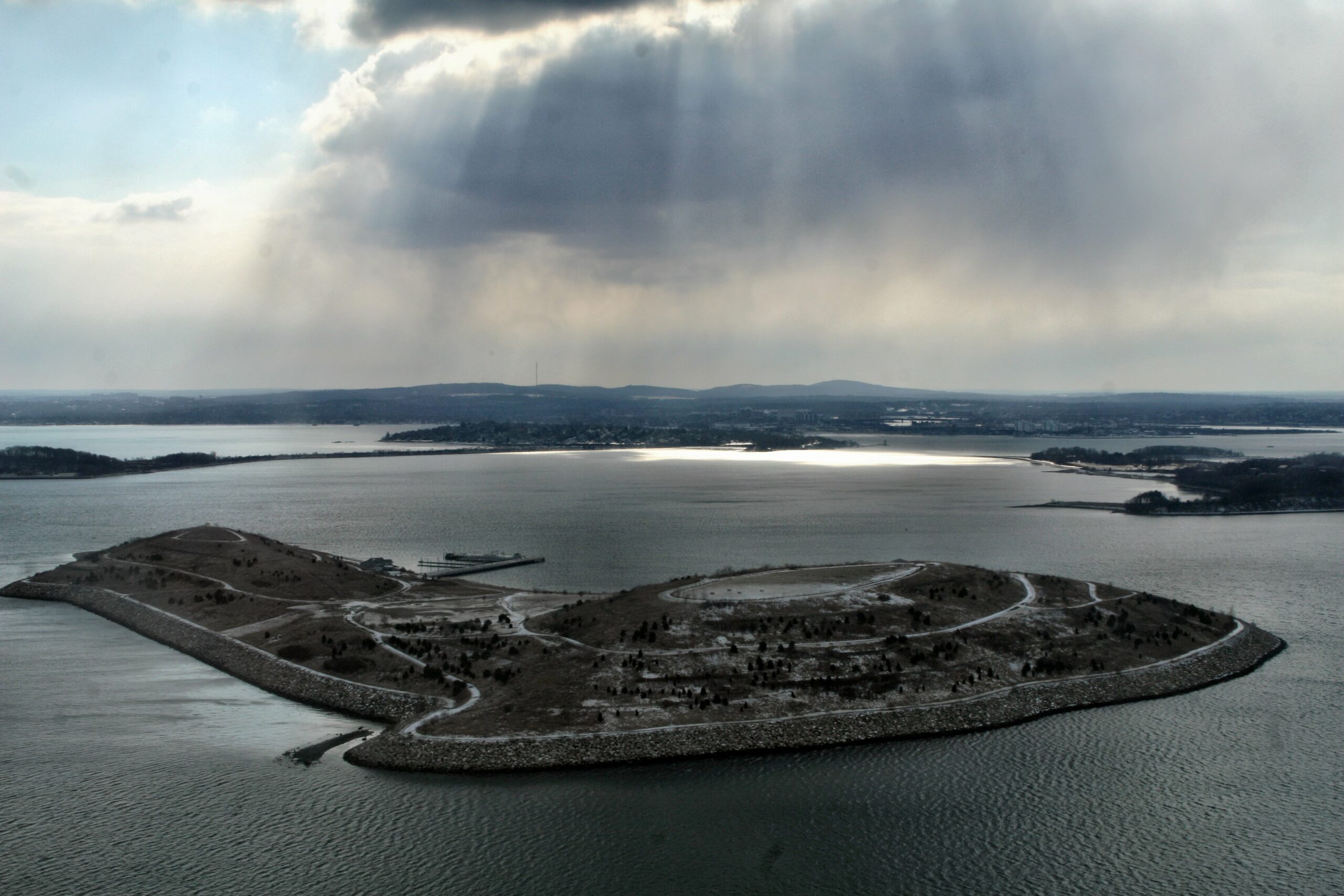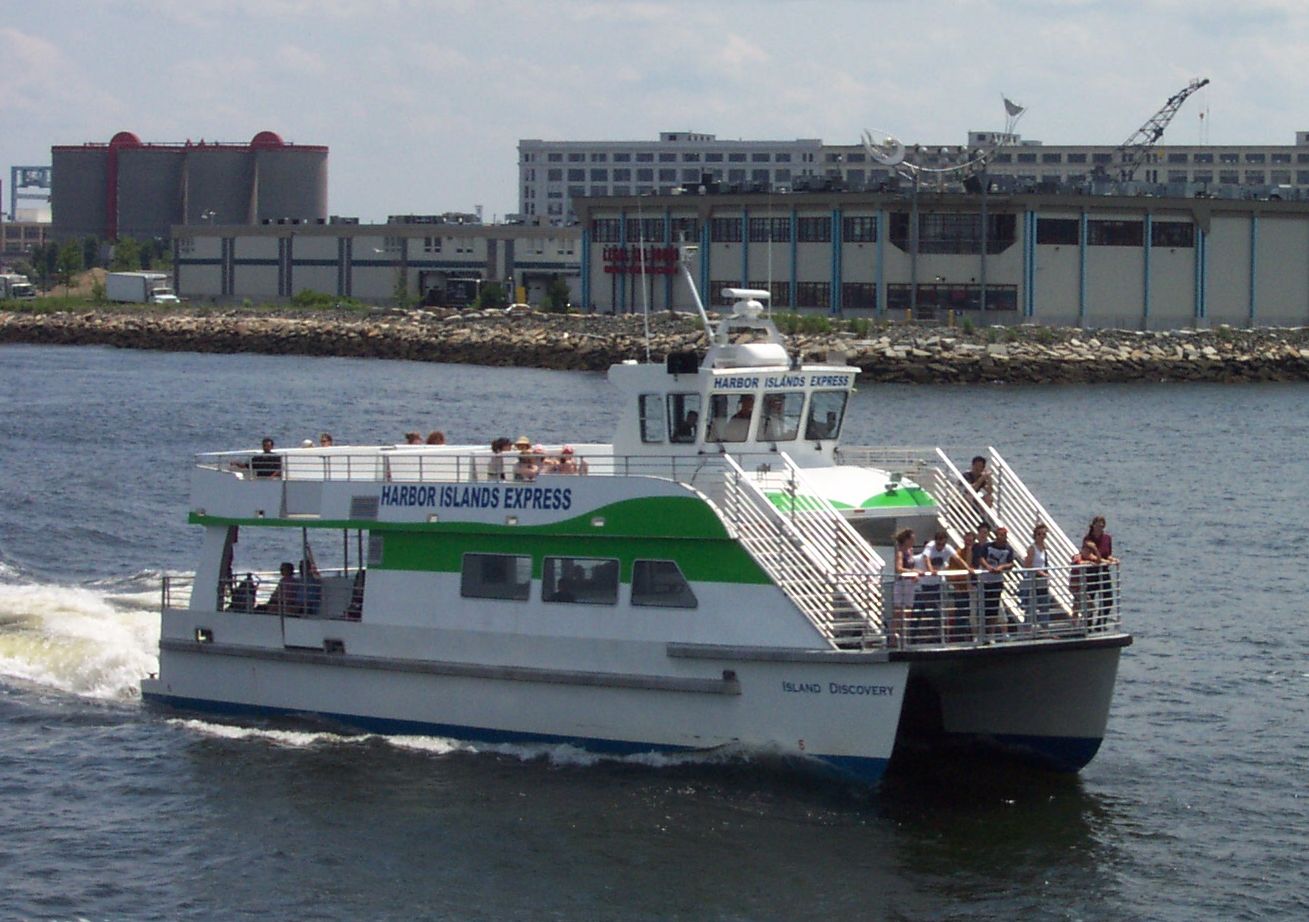By Sharon Oliver
Contributing Writer
BOSTON – Martin Scorsese’s 2010 thriller “Shutter Island,” starring Leonardo DiCaprio, Ben Kingsley, and Mark Ruffalo, was centered around an asylum for the criminally insane and filmed, in part, on Peddocks Island in Boston Harbor. Interesting how art can often imitate life somewhat.
In truth, the Boston Harbor islands have been used to host various outcasts and as a dumping ground over the years. This includes prisons, quarantine stations, almshouses, homes for unwed mothers, and more. The Long Island Hospital, for example, was established in the harbor in 1893 but by 1903 it had also established an unseemly reputation due to a steady complaint of patient mistreatment.

A few of Boston Harbor islands are now gone, while others are currently carved out as parks, sanctuaries, and/or tourist attractions. All of them have a not-so-pretty past.
Deer Island
This popular recreation destination features a hiking and biking trail that encircles the land, is reachable by vehicle or boat, and is a popular spot for plane spotting. But in 1677, it was commonly used as a quarantine station for smallpox cases, and most prominently in the late 1840s as a large number of Irish refugees arrived, many of whom were already suffering from dysentery and typhus. A few years later, the facilities expanded to accommodate an intake of criminals, delinquents, and paupers. In 1938, a hurricane filled the channel between Deer Island and the mainland.
Georges Island
The granite archways that currently welcome visitors once greeted guests of a different type. The Civil War-era fort is the island’s main attraction which used to be a home for political and Confederate prisoners. And if you believe in ghost stories, there is the legend of “The Lady in Black.” Reportedly, author Edward Rowe Snow created the myth of the ghost of a Confederate prisoner’s wife who was allegedly sentenced to death for aiding in an escape while disguised as a male soldier, and hanged in a black robe which was the best soldiers could do to carry out her request of being executed in female clothing.

Gallops Island
During the Civil War, a military camp housing 3,000 Union soldiers was on the island and a hospital for immigrants was built there in 1866. Additions to the hospital were built in 1872 for cholera and yellow fever patients and again in 1878 for passengers suffering from “ship fever” also known as epidemic typhus. During World War I, it was used as an infirmary for American soldiers who contracted Spanish Influenza and pneumonia, and by World War II it was occupied by a radio school along with a school for bakers and cooks. In 2018, a winter storm exposed the forgotten graves of smallpox victims.
Noddle’s Island
This island no longer exists but once was the site of a hospital for the French naval fleet and as an inoculation hospital during a smallpox outbreak in 1764. Since variolation inoculation against the pox was deemed dangerous, it also separated the inoculated from the anti-inoculation public. In 1802, 19 children who were vaccinated with cowpox were sent to Noddle’s hospital to be exposed to smallpox patients. Although none of them developed smallpox, the experiment was done without anyone’s consent.
Rainsford Island
Over 100 Civil War veterans were buried on Rainsford Island. However, most people interred there were poor or had died after treatment in the island’s hospitals and many were buried in mass graves. At various times between 1737 and 1925, the island served as a quarantine hospital and a graveyard for the diseased and criminals. Even after public health practices improved, the island continued to operate as a site to send delinquents, the indigent, the mentally ill, and unwed mothers.
Spectacle Island
In June 2006, Spectacle Island opened to the public as a recreational area with a beach, hiking trails, a visitors’ center with a café and a marina. Nearly 300 years ago, the only thing that existed there was a quarantine hospital after a British ship arrived in the harbor with smallpox cases onboard. When Puritan minister (at the time), Cotton Mather advocated for a primitive method of inoculating people against smallpox, it sparked threats from an angry mob and was the beginning of the anti-vaccine movement in America.
Several of the islands can be visited by ferries that run from downtown Boston.
For more information about ferry schedules and visiting the Boston Harbor Islands National and State Park, go to bostonharbornow.org.
RELATED CONTENT:
Irish Heritage Trail pays tribute to Boston’s largest ethnic group
Black Heritage Trail highlights how Boston became an abolition hotbed
‘I feel like I am flying’ says eFoil enthusiast Rolando Amorim












